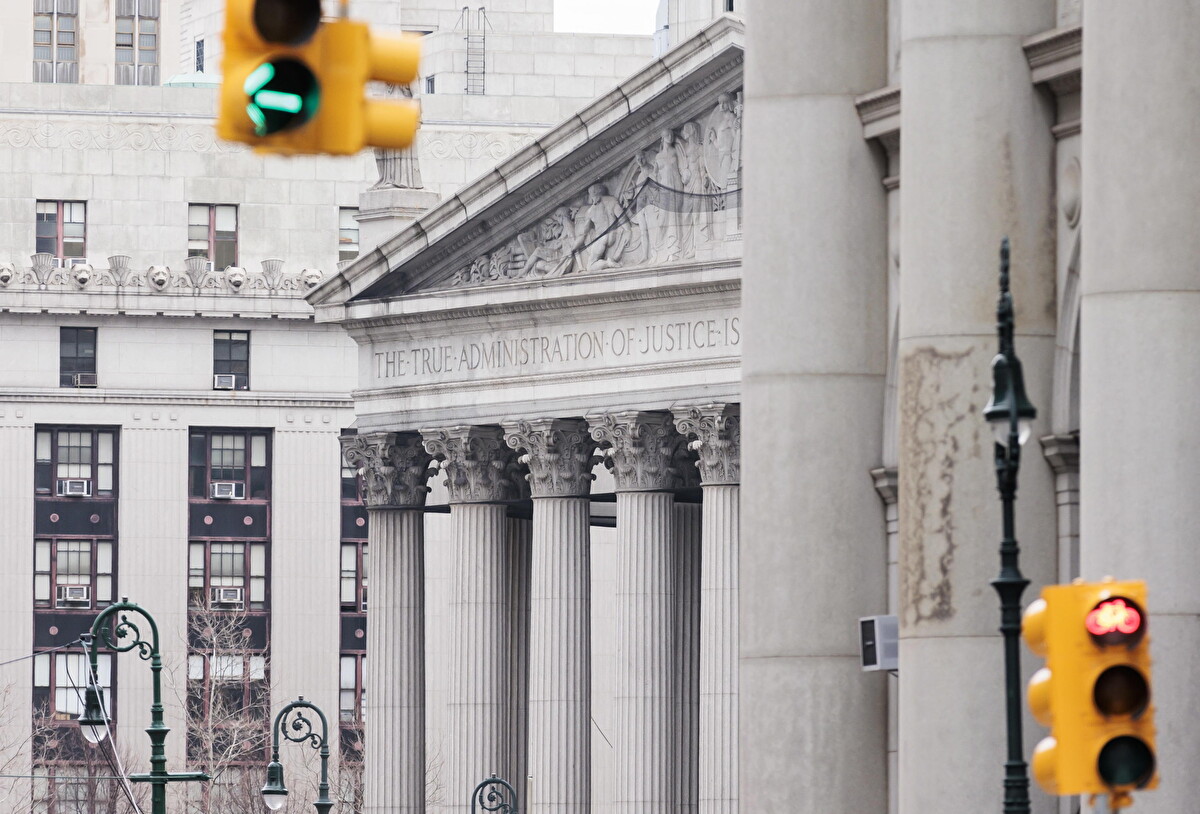The story of Christopher Columbus, the man credited with opening the way for the European conquest of the Americas, has long been shrouded in mystery. Not only have debates raged about his actions and legacy, but even the details of his origin and final resting place have been subjects of contention. Now, DNA testing has provided answers to some of these age-old questions. The research and its revelations lead us to reflect on the tremendous gift that is DNA testing and its power to unlock the puzzles of history.
For years, two locations have claimed to house the remains of Columbus: the Seville Cathedral in Spain and the cathedral in Santo Domingo, the capital of the Dominican Republic. The mystery deepened when, in 1877, a lead casket containing bone fragments was discovered behind the altar in Santo Domingo, with both sets of remains incomplete, leaving room for speculation and competing claims.

Spanish researchers, led by forensic expert Miguel Lorente, have been diligently testing tiny samples of these remains. Their goal? To finally put to rest the questions surrounding Columbus’s final resting place and his ethnicity. The findings, due to be announced in the documentary “Columbus DNA: The True Origin,” promise to confirm previous theories that the remains in Seville indeed belong to Columbus, as well as shed light on his nationality—a topic that has seen theories ranging from Genoese to Spanish Jew, Greek, Basque, or Portuguese.
The implications of these findings are profound. They not only provide closure to a historical debate but also showcase the power of DNA analysis in uncovering the truths of the past. The documentary aims to resolve these questions once and for all.
Columbus’s wish to be buried on the island of Hispaniola, which is today shared by the Dominican Republic and Haiti, adds a poignant note to the tale. His remains were taken there, then moved to Cuba, and, as long thought, in Spain, to Seville in 1898. This odyssey of Columbus’s remains mirrors the voyages he undertook in life—journeys that changed the course of history.

The confirmation of his resting place and the clarification of his ethnicity do not simplify his legacy but rather add layers to our understanding of the man and his time. History is not just about the broad strokes of events and dates; it’s also about the individuals who shaped them, often wrapped in enigmas that take centuries to unravel.
The story of Christopher Columbus is as relevant today as in the past—perhaps not in the same way or for the same reasons. Today his achievements are both applauded by some and decried by others for the impact they had on humanity, and every year as October 12 approaches, the debate surrounding Columbus is reignited.
Now, as we piece together the puzzle of his past, we gain not only insights into one man’s identity but also a deeper appreciation for the intricate history of our world. The final chapter of Columbus’s life story may finally be written but the meaning of his journeys to humanity may continue to be debated.












